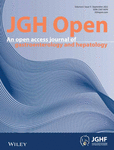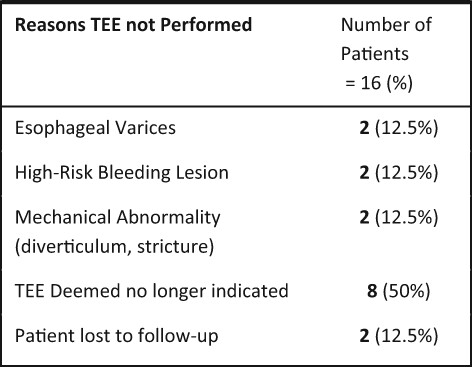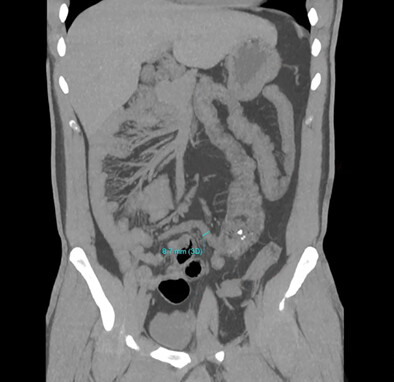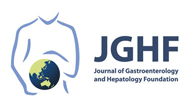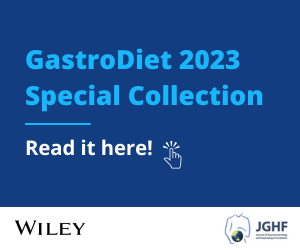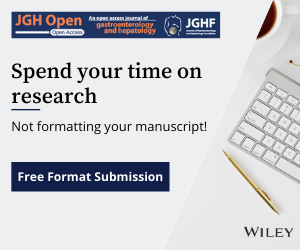Journal list menu
Export Citations
Download PDFs
ISSUE INFORMATION
ORIGINAL ARTICLES
Role of endoscopic evaluation prior to diagnostic transesophageal echocardiography: Is it necessary?
- Pages: 595-598
- First Published: 19 July 2022
High rates of treatment stage migration for early hepatocellular carcinoma and association with adverse outcomes: An Australian multicenter study
- Pages: 599-606
- First Published: 24 July 2022
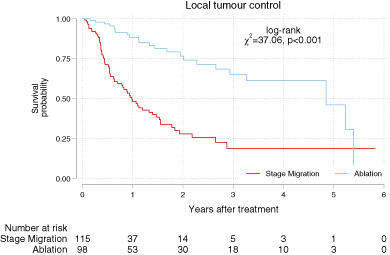
The high rates of contraindication to percutaneous ablation (PA) in medically inoperable early hepatocellular carcinomas (HCCs) are underappreciated in practice, resulting in treatment stage migration and poorer outcomes, highlighting the limitations of PA within the current HCC treatment algorithms. Furthermore, the local tumor control rate of PA is suboptimal despite being considered a curative therapy. Our findings support the exploration of improved treatment options for inoperable early HCCs.
Identification and clinical significance of nodular regenerative hyperplasia in primary sclerosing cholangitis
- Pages: 607-611
- First Published: 19 July 2022

Nodular regenerative hyperplasia (NRH) can be present in primary sclerosing cholangitis (PSC) independent from having inflammatory bowel disease or use of thiopurine therapy. NRH can mimic cirrhosis on imaging studies. Identification of NRH in PSC is important as it might be the cause of portal hypertension.
Analysis of the initial dose and reduction rate of corticosteroid for ulcerative colitis in clinical practice
- Pages: 612-620
- First Published: 20 August 2022

Initial steroid dose of ≥30 mg was associated with clinical remission at week 4 in outpatients. Clinical remission at week 4 and the steroid dose reduction rate at week 4 were associated with treatment discontinuation within 12 weeks. Withdrawal of corticosteroids has been become more appropriate in the last 5 years.
Role of thigh circumference, calf circumference, subjective global assessment, and handgrip strength as diagnostic modalities of sarcopenia in women inflammatory bowel disease patients
- Pages: 621-624
- First Published: 28 July 2022
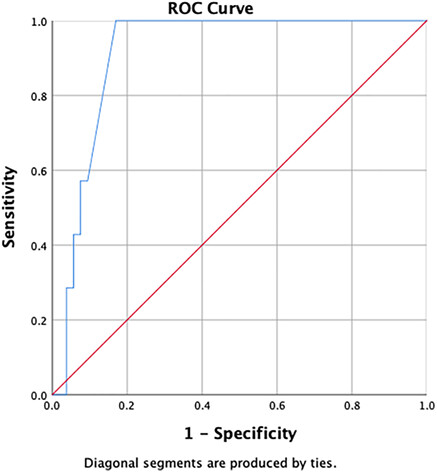
Sarcopenia is affecting inflammatory bowel disease (IBD) outcomes and should be evaluated by measuring muscle mass (using dual-energy X-ray absorptiometry [DXA]), muscle strength, and physical performance, but DXA has drawbacks as it is expensive, not covered by a national program, and requires a technician. Other inexpensive and simple examinations are needed, such as thigh circumference (TC), calf circumference (CC), subjective global assessment, and handgrip strength, to identify sarcopenia in women IBD patients. In this study, we found that the optimal cutoff points of TC and CC were more than 50 and 31 cm, and they are very good to exclude sarcopenia in women IBD patients.
Epstein–Barr virus seroprevalence and viral load at disease onset in children with inflammatory bowel disease
- Pages: 625-629
- First Published: 29 July 2022
Comparison of colonic stenting and stoma creation as palliative treatment for incurable malignant colonic obstruction
- Pages: 630-636
- First Published: 01 August 2022
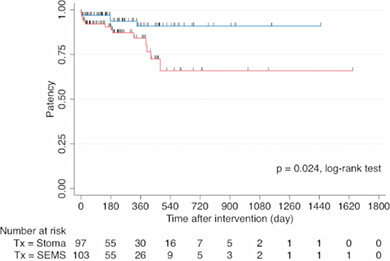
Self-expandable metal stent (SEMS) insertion is a safe and effective treatment for patients with incurable malignant colonic obstruction. Although SEMS insertion had a lower patency than stoma creation, especially after 1 year, the 1-year re-intervention rates were not different, and SEMS durability was sufficient in most patients.
Clinical features of capsule endoscopy in young adults: A single-center retrospective study
- Pages: 637-642
- First Published: 02 August 2022

Flow diagram of designed research and the distribution of symptoms among young adults. Both overall completion rate and diagnostic yield are approximately 80% in 479 young adults via Capsule endoscopy (CE) examination. Significant differences were found among overall completion rate/diagnostic yield and inpatient status/CE brand. Positive diagnostic yield of young adults with obscure gastrointestinal bleeding (OGIB) was 51.59%, and the significant risk of bleeding was 37.04%. Therefore, CE is an optimal tool for discovering lesions in young adults, and could play a role in evaluating the bleeding risk of young adults with OGIB.
BRIEF REPORT
Case of pneumatosis cystoides intestinalis with intra-abdominal free air developed during treatment with voglibose
- Pages: 643-646
- First Published: 05 August 2022
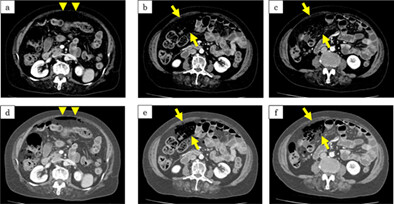
Contrast-enhanced computed tomography (CT) scan (portal phase) at the onset. Emphysema is detected in the ileal wall (b, c: Arrows) and free air is detected in the abdominal cavity (a: Arrowhead). CT scan imaging settings: (a–c) window level (WL) 60 and window width (WW) 300. (d–f) WL 0 and WW 433. By changing the imaging settings, intestinal emphysema and free air can be more easily identified.
CASE REPORT
Left-sided acute appendicitis with congenital gastrointestinal malrotation
- Pages: 647-648
- First Published: 09 August 2022




